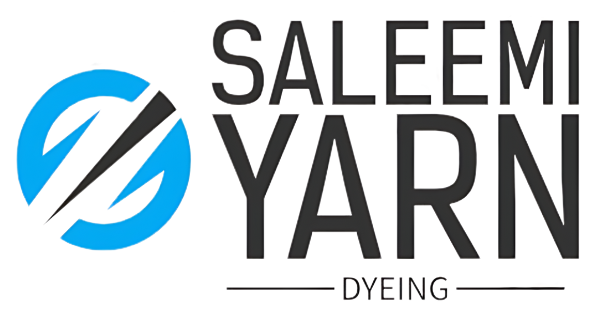
Introduction
The yarn dyeing industry is a vital segment of the textile sector, playing a significant role in producing colorful and attractive fabrics. However, the environmental impact of traditional dyeing processes has raised concerns among consumers and manufacturers alike. In recent years, there has been a substantial shift toward sustainable practices in yarn dyeing, driven by increasing consumer demand for eco-friendly products and the need to mitigate environmental harm. This article explores sustainable dyeing methods, their benefits, and the challenges faced in their implementation.
The Shift Towards Sustainability
As consumers become more conscious of their environmental footprint, the demand for sustainable products has surged. In the yarn dyeing industry, this has led to a growing interest in eco-friendly dyeing methods that minimize environmental impact.
- Natural Dyes: These dyes are derived from plants, minerals, and insects, offering a biodegradable alternative to synthetic dyes. Natural dyes are known for their muted colors and subtle variations, appealing to environmentally conscious consumers.
- Low-Impact Dyes: These synthetic dyes require less water and energy during the dyeing process and are free from harmful chemicals. Low-impact dyes also have improved washfastness, meaning they maintain color better over time.
- Waterless Dyeing: Innovations in technology have led to waterless dyeing methods, such as supercritical CO2 dyeing, which eliminates the need for water altogether. This process significantly reduces water usage and waste.
Benefits of Sustainable Practices
Adopting sustainable practices in yarn dyeing offers numerous benefits for manufacturers, consumers, and the environment.
- Environmental Benefits: Sustainable dyeing methods help reduce water consumption, decrease pollution, and lower the overall carbon footprint of the textile industry. For example, waterless dyeing technologies can save thousands of gallons of water per dye lot.
- Economic Benefits: While the initial investment in sustainable dyeing methods may be higher, long-term savings can be achieved through reduced water and energy usage. Additionally, sustainable practices can enhance a company’s marketability, attracting eco-conscious consumers.
- Enhanced Brand Reputation: Companies that prioritize sustainability can differentiate themselves in a competitive market. A commitment to eco-friendly practices can foster customer loyalty and improve brand image.
Challenges in Implementing Sustainable Practices
Despite the numerous benefits, several challenges hinder the widespread adoption of sustainable dyeing practices.
- Higher Initial Costs: The transition to sustainable practices may require significant upfront investment in new technologies and equipment. Some manufacturers may hesitate to make these investments due to budget constraints.
- Need for Education and Training: Many dyeing facilities may lack the knowledge or training necessary to implement sustainable practices effectively. Ongoing education and support are crucial for successful adoption.
- Supply Chain Limitations: Sourcing sustainable raw materials can be challenging, as the market for eco-friendly dyes and fibers is still developing. Manufacturers must establish reliable supply chains to ensure consistent quality and availability.
Conclusion
The future of the yarn dyeing industry lies in its ability to adapt to changing consumer preferences and environmental considerations. By embracing sustainable practices, manufacturers can reduce their environmental impact while meeting the growing demand for eco-friendly products. As innovations in technology and materials continue to emerge, the yarn dyeing industry is poised to become a leader in sustainability, ensuring a greener future for generations to come.
Call to Action
At Saleemi Yarn Dyeing, we are committed to sustainability in our dyeing processes. Join us in our mission to create beautiful, high-quality yarns while protecting our planet. For inquiries about our eco-friendly dyeing solutions, contact us today!

Separate the business entity from the owner
Having a business name does not separate the business entity from the owner, which means that the owner of the business is responsible and liable for all debts incurred by the business.
Having a business name does not separate
The creditors can go after the owner\’s personal possessions.
If the business acquires debts, the creditors can go after the owner\’s personal possessions